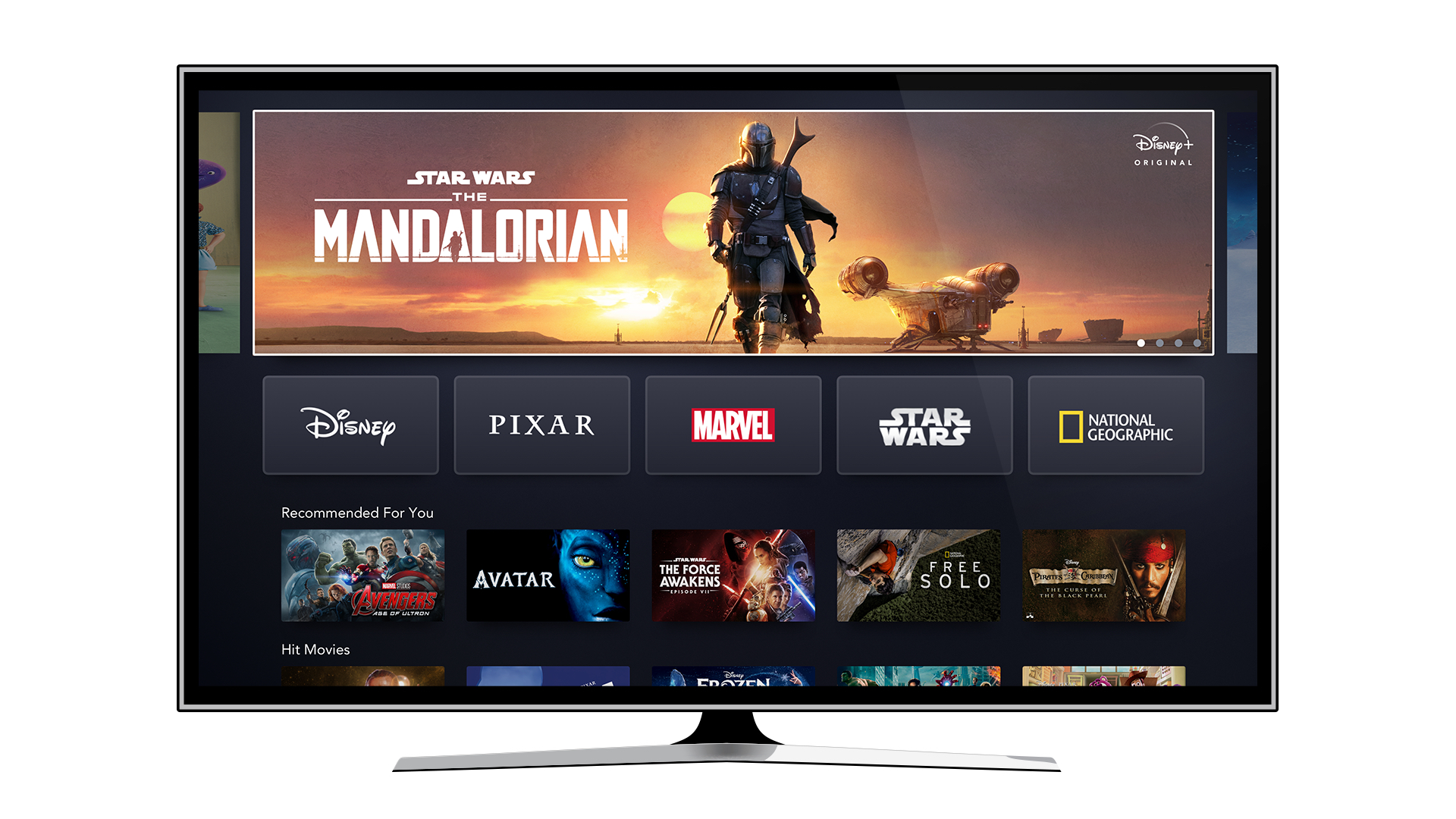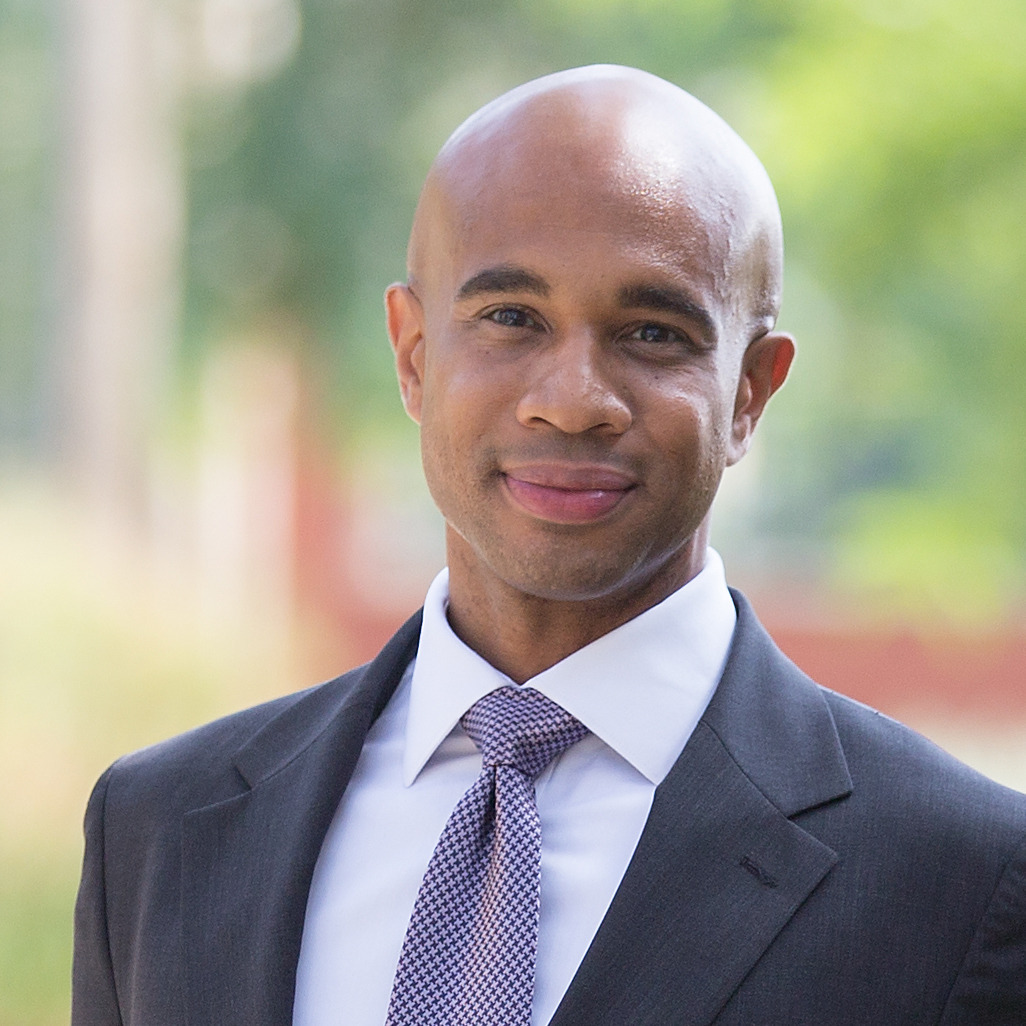
After more than 40 years of operation, DTVE is closing its doors and our website will no longer be updated daily. Thank you for all of your support.
Disney’s media restructure shows that the streaming future is happening right now

There’s nothing like a global pandemic to give you a bit of perspective on the future.
That at least seems to be the case for Disney, which this week announced the biggest corporate reshuffle in its recent history to put its DTC streaming business at the heart of the company.
It is nothing short of remarkable to see how integral streaming has become to Disney less than a year since the launch of its flagship SVOD Disney+. Contrasting the current success with the thoughts of former CEO Bob Iger, who wrote in his 2019 autobiography that many internally considered it a huge gamble, shows how far things have come.
Much has been written about how Disney+, replete with an extensive library of iconic IP and a direct line into the public pop culture consciousness, was always bound for success, but few could have predicted just how big it would get – or how much or a lifeline it would become in a devastating global pandemic.
As of August, Disney has a global total of 100 million streaming subscribers. Just shy of two thirds of that total is from Disney+, while the US-only Hulu (Japan has its own Hulu with similar branding, but a different owner) was at 35.5 million subscribers, up 27% since Disney announced that it was to take full control of the streamer.
However, while Disney’s DTC business is thriving with Q3 revenues of US$3.97 billion, the overall company is struggling to deal with the Covid-19 pandemic. Cinemas continuing to be closed across the US, along with reduced capacity – or no capacity at all – at its theme parks left Disney with Q3 losses of US$5 billion and the tough decision to lay off 28,000 staff.
Revenue streams
But this week’s move to streaming as a more central component of the business is no surprise.
Now-CEO Bob Chapek said back in August that the confidence gained from the milestone of 100 million subs “has made us even more confident about the future of our direct-to-consumer business and our ability to be more aggressive in our approach.”
That aggressiveness will partly manifest next year when Disney launches adult-oriented Star streamer, which appears to be an international equivalent to Hulu with a focus on more adult-oriented content as opposed to the IP-driven Disney+.
Disney was also prodded into action by activist investor Daniel Loeb, who urged the company to forgo a dividend payment and double investment in streaming.
It’s also worth noting that, preceding this move, Disney announced the sale of TrueX – an ad tech business and legacy component of the US$71 billion Fox takeover. Not to say that this sale was carried out in order to facilitate the restructure or to placate investors, but more that Disney has been in a constant state of internal evolution throughout this whole process.
This new restructure serves two primary purposes for Disney: putting DTC at the heart of the company, and splitting the development and production of programming from distribution.
Most of the company looks the same, with content groups for studios, general entertainment and sports all led by the same execs – Alan F. Horn and Alan Bergman; Peter Rice; and James Pitaro respectively – but a great weight is now being placed on the back of 14-year company veteran Kareen Daniel.
Daniel has held a number of roles, most notably as the president of Walt Disney Imagineering Operations, and he will now head up a newly created media and entertainment distribution group. This group will be responsible for the P&L management and all distribution, operations, sales, advertising, data and technology functions worldwide for all of the company’s content engines, and it will also manage operations of the company’s streaming services and domestic television networks. No small task, but one which highlights just how essential DTC is and will be for Disney’s long-term success.
The restructure also splits the DTC and international business, with the two segments no longer managed on a combined basis by Rebecca Campbell. She will still manage both, but wearing two hats; reporting to Chapek for international activities and Daniel for consumer operations for Disney+, Hulu and ESPN+.
Even though we won’t see this structure reflected in numbers until Q1 2021, the market reacted positively to the news with Disney’s shares jumping up by 5% in its wake. Wall Street, it would appear, is just as behind streaming as Disney.
It is hard to make a case that this news will be felt by the mainstream consciousness in quite the same way as Disney’s high-profile acquisitions of the likes of Pixar and Marvel. However, from a business perspective, it is a huge indication that streaming companies are no longer the “relatively small” players that Netflix co-CEO Reed Hastings once called them, and that, not just for Disney, streaming isn’t just the future – it is the present.



